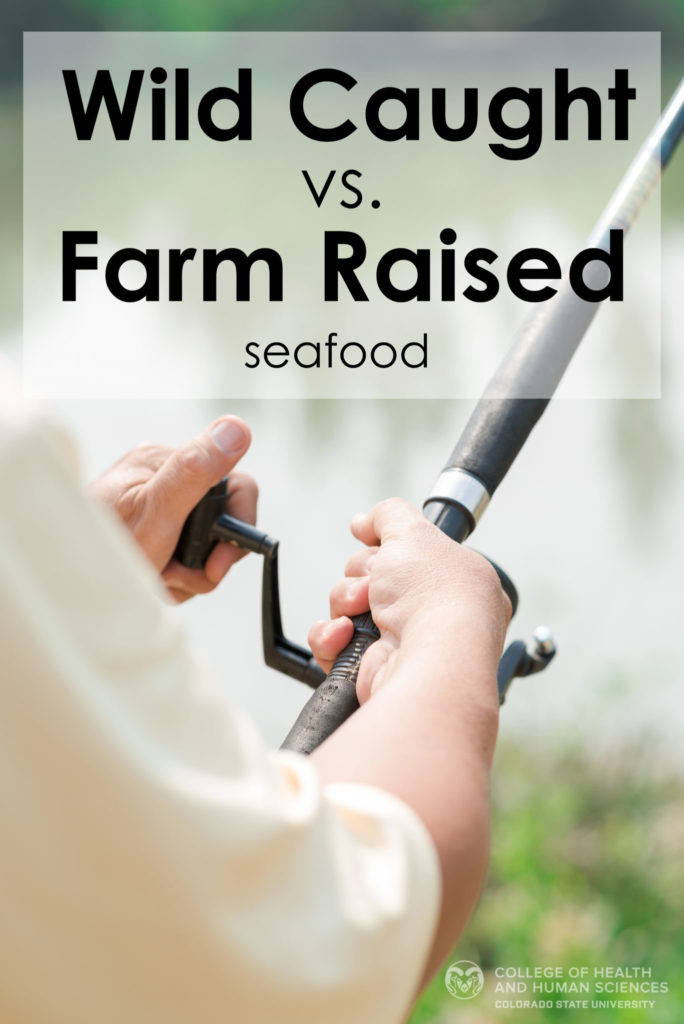It is a common misconception that wild seafood is good and farm-raised is bad. Unfortunately, the answer is not black and white. What’s the difference? Simply put, wild-caught seafood is caught from a natural habitat (lake, ocean, river) whereas farmed seafood is raised in large tanks. In the store or on your plate, the two could look the same, but are not promised to be equivalent.
Nutrition: The nutrition quality of the seafood largely depends on what the fish eats. Fish in the wild eat a natural diet and tend to be slightly lower in saturated fat than farm-raised varieties. Farmed fish can be slightly higher in omega-3 fatty acids, presumably due to the farms’ fortified feed.
Contaminants: Some studies have shown how farm-raised varieties can be higher in contaminants. Additionally, farm-raised fish tend to have a higher instance of disease due to farming conditions. It is important to note that mercury can be found in both farm-raised and wild-caught seafood due to industrial pollution that finds its way into lakes, rivers and oceans. Large predatory fish have the most mercury. It is recommended that pregnant women and children avoid fish with the potential for the highest level of mercury (shark, swordfish, king mackerel and tilefish).
Sustainability: Some seafood is considered unsustainable, and some is considered environmentally restorative, so the answer is “it depends on the fish”.
Cost: Wild-caught seafood is typically higher in price than farm-raised options. Frozen or canned wild caught seafood can be more budget friendly than fresh varieties.
Where in the World is Your Seafood From?
Does the quality of seafood differ depending on location? In short, yes. Seafood from other countries is not guaranteed to be as regulated as it is in the United States. High antibiotic use in imported, farm raised fish is common. Many international fish farms are not held to high inspection standards that you would see in the United States. Additionally, some overseas seafood sources—both wild-caught and farm-raised—are known to be higher in contaminants.
How do you know where your seafood has been sourced from? To check the origins, you can look at the Country of Origin Labeling (COOL), which is required on all seafood sold in the United States. Keep in mind that frozen seafood will have two labels: one to specify where the product was packaged and one that indicates where the seafood was caught or farmed. This can be deceptive, as seafood can be packaged in the Unites States (so it appears to be a U.S. product), but is actually a product of a different country.
Kendall Reagan Nutrition Center
Kendall Reagan Nutrition Center is a full-service clinic that serves Colorado State University and its surrounding communities. Watch interesting and easy-to-prepare recipes ,and get nutrition tips, on our YouTube Channel.